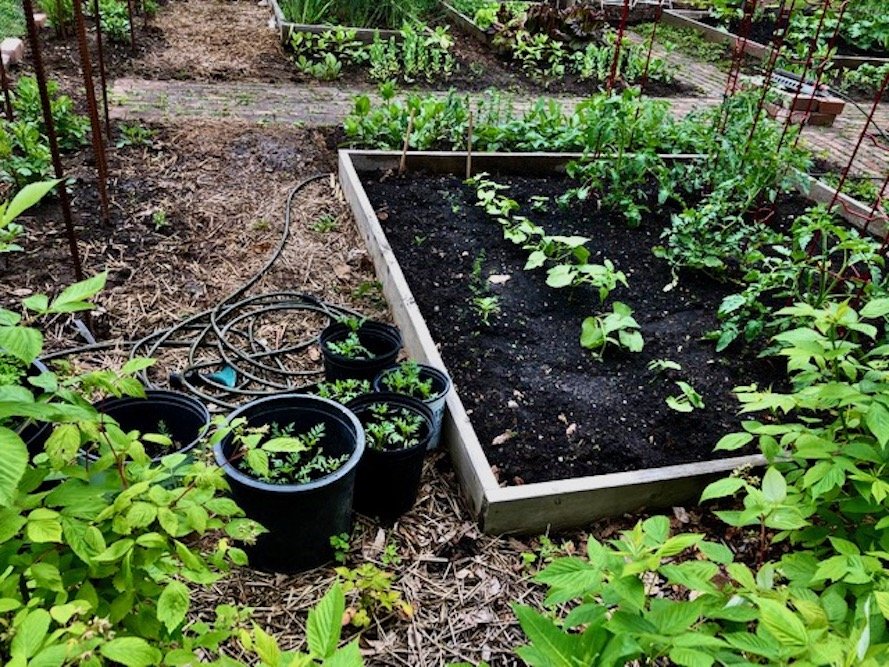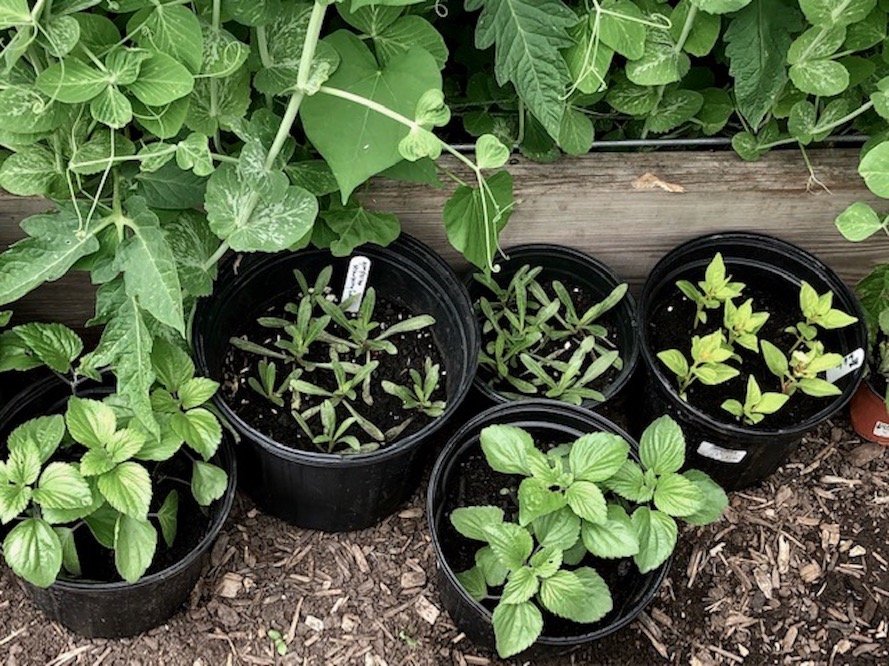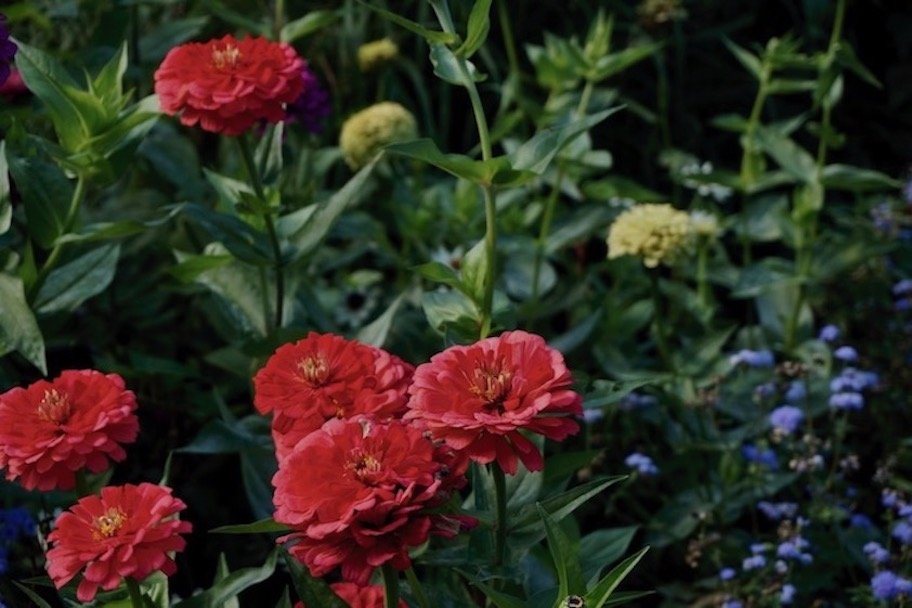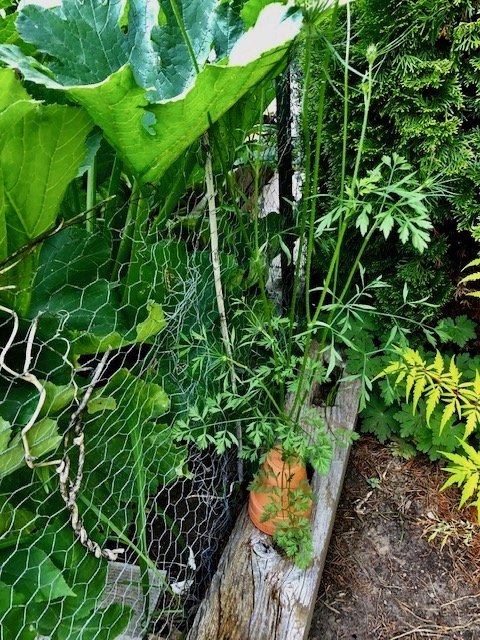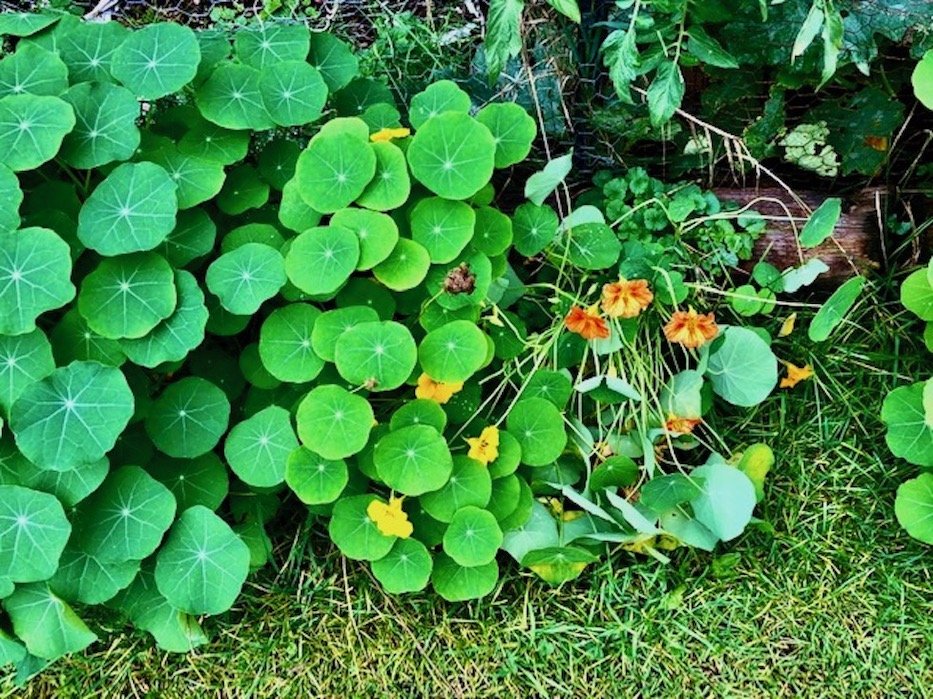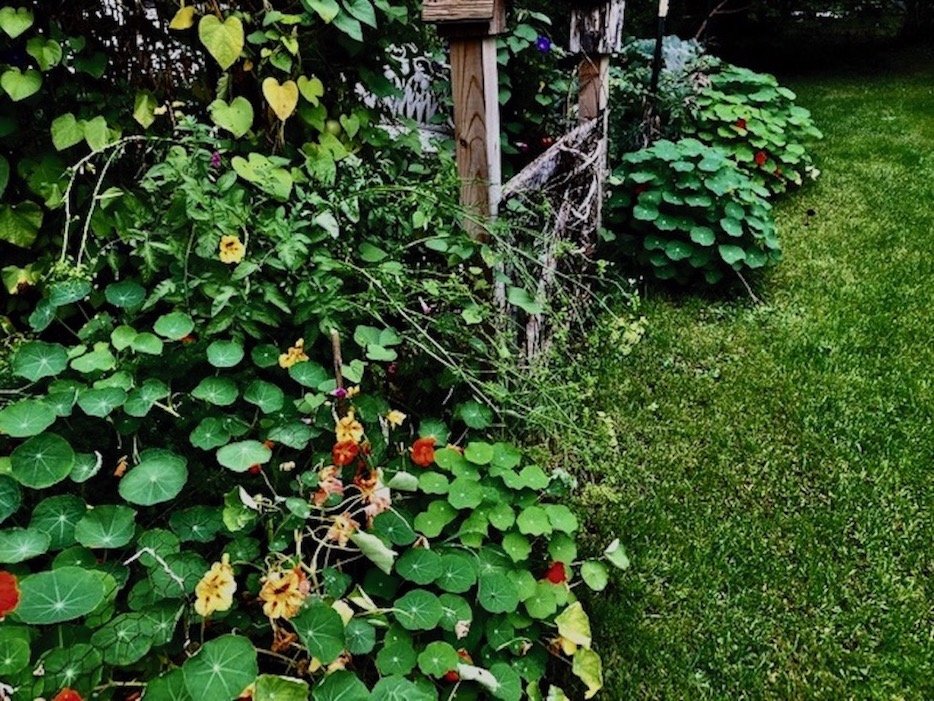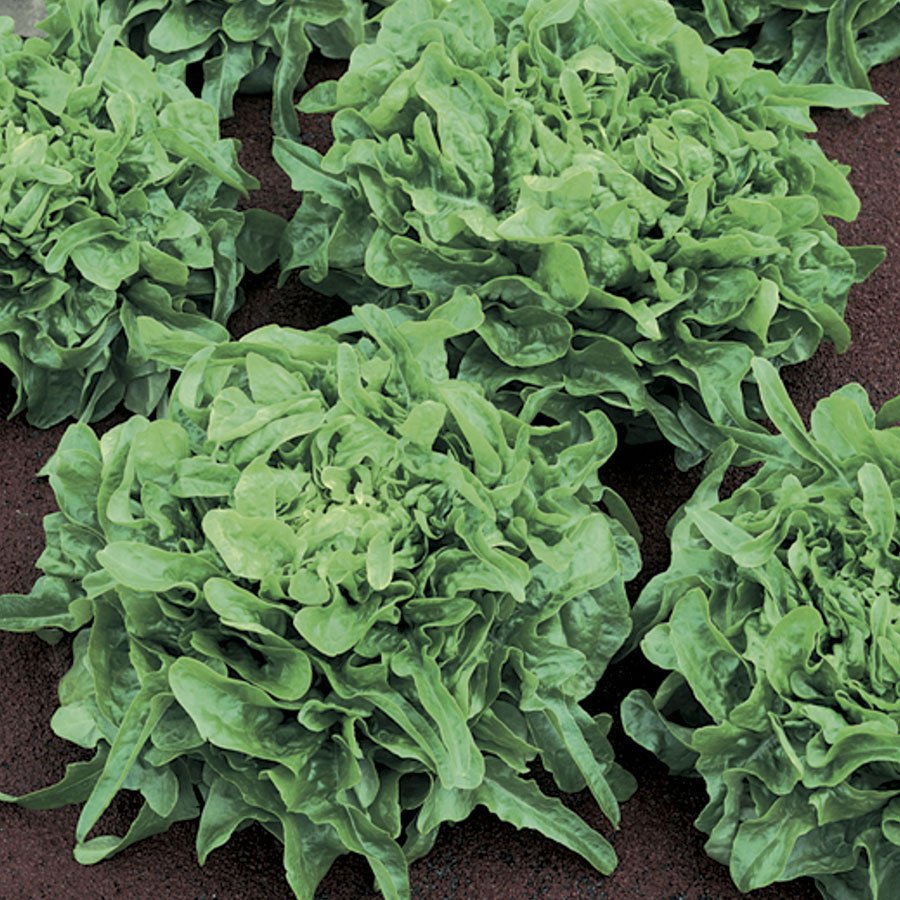Take the mystery out of seed starting: 6 simple ways to success
Almost every day a new seed catalogue arrives in my mailbox. As I thumb through pages of plant porn, it’s hard not to feel totally overwhelmed. Delectable looking vegetables, lucious flowers and succulent fruits leap from the pages, tempting me to order at least one of everything. Who can resist them all?
Two things keep me in check - I don’t have a good place to start seeds indoors and my track record with direct seeding isn’t always reliable. If you find yourself leafing through catalogues, not knowing what you should order or what you’ll be successful with, I feel you. Getting the same results you see on those glossy pages can be a stretch for some of us.
Planting seeds in the ground sounds easy, but the truth is, you have to be on top of your game with soil prep, timing and watering. So what can you do to ensure success? Here are some simple ways I’ve tried that make it easier.
Sow seeds in a controlled environment. I consider myself an experienced gardener, but I’m not always able to get flower seeds (and some vegetables) to germinate evenly. If I scatter them into the beds where I want them, they get lost in the shuffle and don’t get enough care to get them going. Last summer, I designated seed sowing to a raised bed in my vegetable garden where I could give them more loving care, kind of a test area I could keep my eye on. I planted small rows, marked them and hooked up a water timer to the garden so the seeds didn’t dry out. Because it was a raised bed, the soil was a little warmer, looser and more friable. These factors contributed to perfect germination in record time. I let the seedlings grow until they had 4-6 sets of leaves and transplanted the little slips to the spots of the garden where I wanted them.
If I wanted a larger plant, or the seedlings looked finicky, I transplanted the slips into pots and let them grow until they were more robust before planting them out. I used this method to get early and late lettuces started. It worked well with slower germinating perennial seeds too.
Start with easy seeds. A good way to reduce planting stress is to choose easy to germinate, fast growing varieties. According to Chris Smith, Senior Seed Merchant from Park Seed Company, these rank high on customer satisfaction:
Vegetables – Lettuce, radishes, beets, peas, swiss chard, spinach, carrots, cucumbers, squash, pumpkins and watermelons.
Flowers – Marigolds, bachelor’s button, cosmos, larkspur, daisies, nasturtium, sunflowers and zinnias.
Choose flowers that never quit. My favorites are nasturtiums and zinnias. They’re easy to grow and long lasting. I don’t think you can find a better cut flower around. The Benary’s Giant Zinnias series top the list, a rainbow of color choices, strong tall stems (3-5’), enormous long lasting blossoms with no mildew problems. Really, you can’t ask for much more than that.
If you’re in the market for something smaller, Profusion Zinnias are just the ticket. Short (14-18”), compact and totally reliable. Sign me up for this one - a 2020 AAS winner from Park Seed, Profusion Red Yellow Bicolor Zinnia.
Nasturtiums are one of my favorite edging annuals. Both foliage and flowers lend volume and color to the perimeter of any bed. They’re easy to grow if you soak the seeds overnight and keep them well watered until seedlings emerge. After that, they don’t need much help.
The below photo shows a happy accident that gave me the idea to plant them around my vegetable garden.
I filled the holes with soil and planted the seeds after soaking overnight. Nasturtiums like well drained soil - as there was not much moisture in these confined holes, they literally exploded.
Orange, red and yellow nasturtiums embellish the perimeter of my vegetable garden. Flowers are edible and used to garnish salads.
Self Seeders. Reseeding annuals are a gardeners best friend - once you get seeds going, you can count on them every year. Poppies rank high on that list. They prefer cool temperatures, so you must sow them in late fall or early spring. I sprinkle the seeds lightly on the ground just before a rainfall, but other than an initial watering that’s about it. They don’t take well to transplanting - choose the area you want them and sow seeds after you’ve cleaned up your beds so you don’t disturb their germination by raking them away or stepping on them. Be patient, depending on the variety, they take 10 - 30 days to emerge. After flowering, leave spent flowers standing til they drop seed for next years crop.
Another self seeder no garden should be without is Verbena bonariensis. Little bursts of lavender flowers produce prolifically late through fall and thrive in hot dry conditions. Its tall lanky habit is well suited to naturalistic plantings like this one or you can group them into the back of a perennial border for a pop of color. I like combining it with the bright orange Cosmos sulphureus (the planting below).
Both need a little help getting started (use my container or raised bed method), but once you’ve gotten them established, you’re golden for next year. I add to them periodically to insure abundance.
Make vegetable growing easier. There is nothing like the taste of a fresh carrot, a must have for any gardener worth their salt. However, I find germinating them requires the patience of a saint. Carrot seeds need warm soil, take 3 weeks to germinate and if they dry out, you’re done.
My solution is to grow them in pots. I save large black plastic nursery containers (bigger than the ones I used for flowers in above photos), fill them with a mix of good soil and compost and put them in the vegetable garden. A water timer and sprinkler insure constant moisture. Light friable soil and added warmth make germination a breeze. The pots are plenty deep enough for the carrots to grow and thinning them out in a container is way easier than on hands and knees in the soil.
This method works equally well for beets, another root crop I don’t always have luck with. I like it for planting late crops of lettuces too. Sometimes the heat of late summer keeps seeds from germinating well. When it’s really hot, I plant the seeds in pots and move them to a shadier spot until seedlings pop up.
Plant vegetables that won’t bolt. And speaking of heat, what about the problem of bolting? Bolting refers to plants running to seed and turning bitter. It happens commonly with leafy greens like lettuce and spinach. According to Parks expert, Chris Smith, Batavian lettuce varieties resisted bolting the best. Two recommendations are Tom Thumb Butterhead and Sandy lettuce seeds. Don’t these look mouthwatering?
‘Tom Thumb’ Butterhead lettuce
‘Sandy’, Oak leaf lettuce
‘Tundra’ organic spinach
Make sure to order early and late varieties so you have the option of second and third plantings to insure you have greens late into the fall. If you need more help, check out Parks Seeds recent acquisition From Seed To Spoon, a gardening planning app that makes growing food easier.
Starting seeds is liberating. It pays to get good at it because it allows you to grow just about anything that tempts you - and there’s certainly no lack of that!


